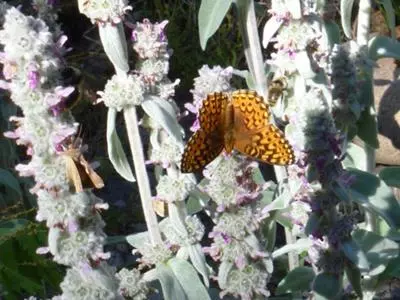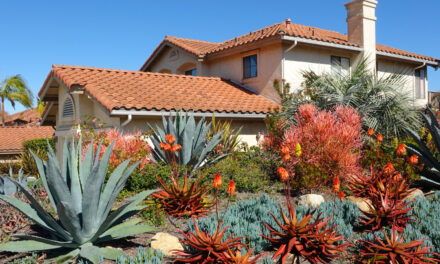
by Jacki
(Grand Forks, B.C. Canada)

Speyeria cybele, the Great Spangled Fritillary
Using a unique approach to gardening to attract wildlife, my system includes a lot of what I call ‘cogitating’.
Although it might look to the outsider like I’m sleeping on the job, I’m actually doing a whole lot of observing and researching.
To see the wildlife you want to attract, it’s essential to stay really still, waiting for them to lose their wariness and approach.
Some of the wildlife I see in my garden are birds, both those that only come during nesting season, to court their mates and raise a batch of youngsters, and year round residents.
The migratory songbirds are varied; they range from tiny warblers, to larger birds like western tanagers, varied thrushes and American robins.
Once the ground starts to open up, and buds on the trees burst, my garden becomes a frenzy of activity. If I sit still for a few minutes, once the hush is over, then I’ll see many of these shy creatures approach the pond, and if the waterfall is running, they quite often lose their fear and have a splash in the basin.
As the spring winds up into summer, I’ll see snakes of several different species, fence lizards, Northern Alligator Lizards, Spotted Salamanders and many Pacific tree frogs.
Later, into July and August, the butterflies start to hatch from their chrysalises, and I’ll first of all see Mourning Cloaks (they overwinter as adults), several forms of large fritillaries, three or four types of Swallowtails and many others.
The most popular plants in my garden that attract these are the species and varieties of Sedum that I plant as stock to take cuttings from.
Other plants they love are Stachys lanata, the Lambs Ears, and many other hardy perennials.
I’m hooked on gardening for myself, and if I can provide a habitat where the little creatures feel at home too, that’s even better. The depth and breadth of my garden only increases the more bio-diversity I have.


